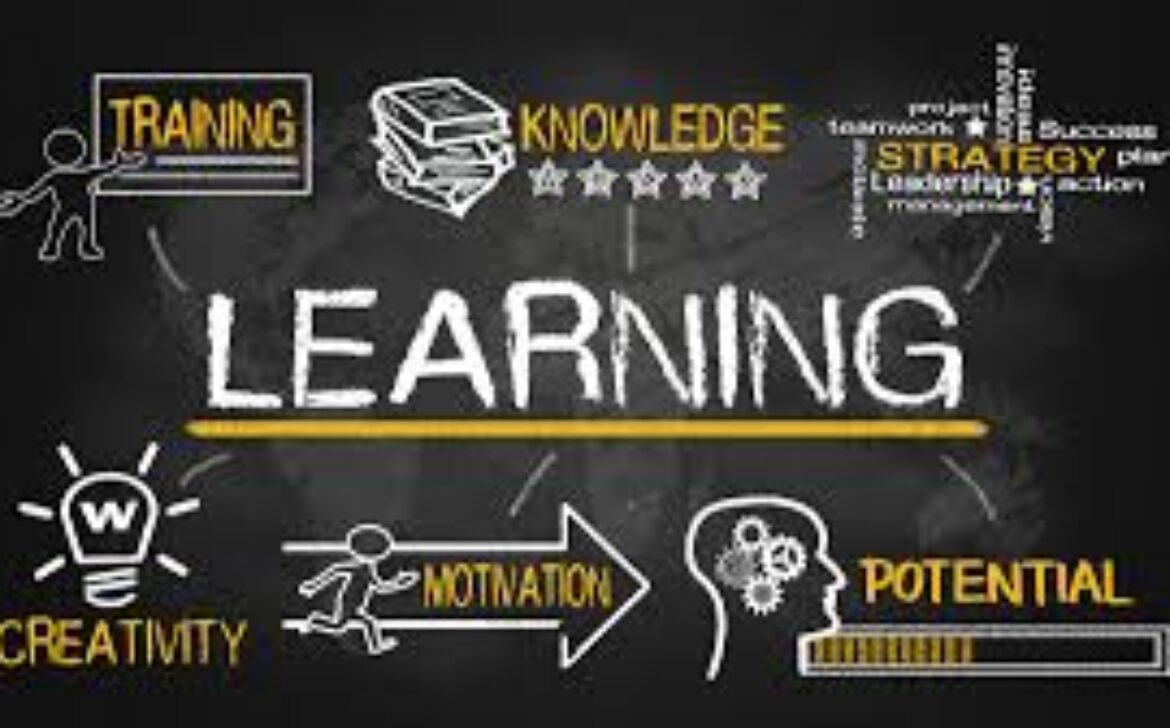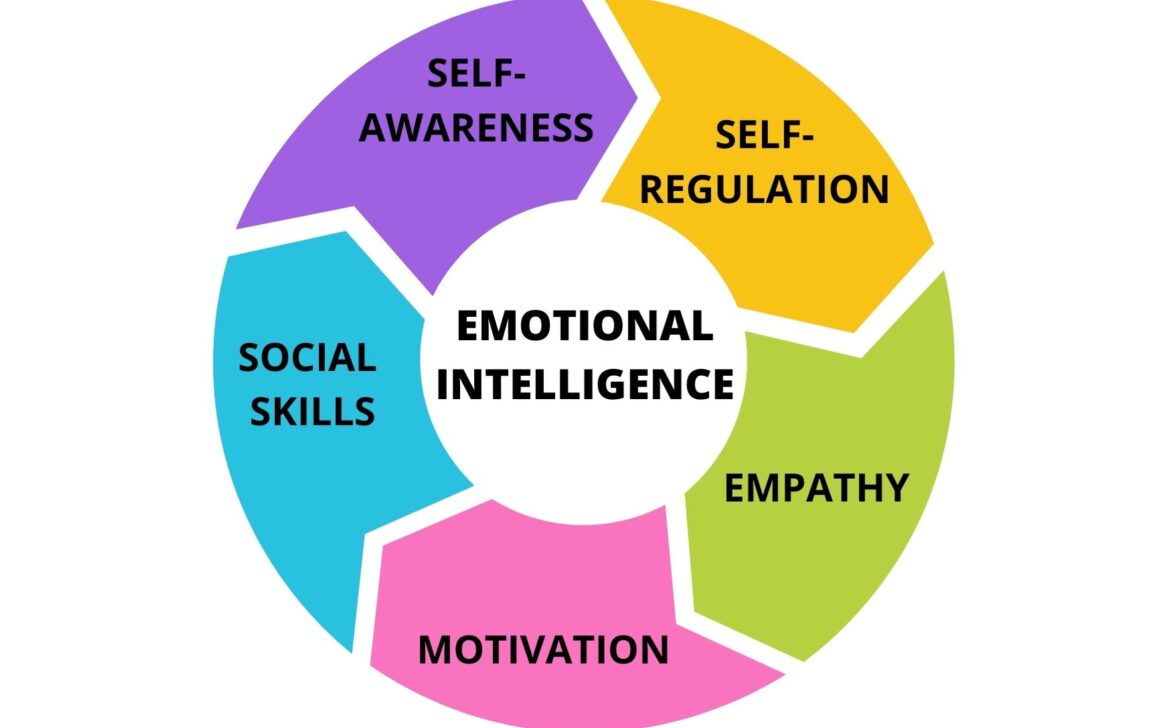Innovations in Supply Chain Management: Streamlining Operations for Increased Efficiency
Supply chain management is a crucial aspect of any business that involves the movement of goods and services from suppliers to consumers. In recent years, with the increasing complexities in the global market, supply chain management has undergone significant transformations. Companies are now realizing the importance of streamlining their supply chain operations to achieve increased efficiency and gain a competitive edge. Supply chain management can be defined as the coordination and optimization of all activities involved in the production, procurement, and distribution of goods and services. It encompasses various stages, from raw material sourcing to final product delivery, and involves multiple stakeholders such as suppliers, manufacturers, distributors, retailers, and customers. The key components of supply chain management include: The planning stage involves creating a strategy to meet market demands efficiently. It includes forecasting demand, aligning production schedules, and determining inventory levels. Sourcing refers to the selection of suppliers and establishing strong relationships with them to ensure a smooth flow of materials. The manufacturing stage involves the conversion of raw materials into finished products, maintaining quality and efficiency. Delivery encompasses the transportation of products to distribution centers or directly to customers. Efficient returns management ensures the timely handling and processing of product returns, contributing to customer satisfaction. While supply chain management is essential, it is not without its challenges. Traditional supply chains often face the following issues: In traditional supply chains, limited visibility across the entire process makes it challenging to identify inefficiencies or potential disruptions. Maintaining the right balance of inventory to meet demand while minimizing carrying costs is a common challenge. Traditional transportation methods may not always be the most efficient, leading to delays and increased costs. Ineffective communication between different supply chain partners can result in mismanagement and delays. To overcome the challenges associated with traditional supply chains, various technological innovations have emerged, transforming the landscape of supply chain management. IoT devices and sensors provide real-time tracking and monitoring of goods throughout the supply chain, improving visibility and efficiency. Big data analytics helps analyze vast amounts of data from multiple sources, enabling companies to make data-driven decisions and optimize operations. AI and ML algorithms help in demand forecasting, route optimization, and predictive maintenance, enhancing overall supply chain efficiency. Blockchain ensures transparency, security, and traceability of transactions, reducing the risk of fraud and counterfeiting. Robotic systems automate repetitive tasks, such as order fulfillment and warehouse management, leading to higher accuracy and productivity. AR and VR technologies are being used for employee training and remote assistance, minimizing errors and downtime. The implementation of innovative technologies in supply chain management offers several advantages for businesses: With IoT applications and sensors, companies can gain real-time insights into their supply chain, facilitating better decision-making and proactive issue resolution. Big data analytics and AI-powered demand forecasting help maintain optimal inventory levels, reducing carrying costs and minimizing stockouts. Advanced algorithms optimize transportation routes, leading to faster deliveries and reduced transportation costs. Blockchain technology enables secure and transparent communication among supply chain partners, enhancing collaboration and trust. AI and ML algorithms analyze historical data to predict demand patterns accurately, ensuring timely replenishment of stocks. Automation and robotics accelerate order processing and fulfillment, leading to shorter lead times and improved customer satisfaction.
Supply chain management is not just about managing products, but also about managing relationships and information flow.
– Peter Drucker While technological innovations offer significant benefits, their adoption comes with its set of challenges: Implementing new technologies in the supply chain requires substantial initial investments, which might be a deterrent for some businesses. To effectively use new technologies, companies need to invest in training their employees, ensuring they can leverage the full potential of the innovations. As supply chains become increasingly digitized, data security and privacy become crucial aspects to safeguard sensitive information. Integrating innovative technologies with existing supply chain systems can be complex and time-consuming. Several companies have successfully leveraged innovative supply chain management practices to gain a competitive advantage: Amazon’s fulfillment centers use a vast network of robots to automate order picking and packing processes, enabling faster order processing and delivery. Walmart uses advanced analytics to analyze customer buying patterns and inventory levels, ensuring products are readily available in their stores. Maersk, the global shipping giant, uses blockchain technology to provide end-to-end visibility and security for its container shipping operations. DHL employs IoT devices to track and monitor shipments in real-time, allowing customers to know the precise location of their packages. As technology continues to evolve, several future trends are expected to shape the landscape of supply chain management: Sustainable supply chain practices, such as eco-friendly packaging and green transportation, will become increasingly important for companies. Companies will focus on providing personalized experiences to customers through tailored products and services. The integration of 5G technology and edge computing will lead to faster data processing and real-time decision-making. The rise of e-commerce will drive further innovations in supply chain management, catering to the growing demand for online shopping. Companies will invest in building robust supply chain networks capable of withstanding unforeseen disruptions and risks. Innovations in supply chain management have revolutionized the way businesses operate and interact with their supply chain partners. Embracing technologies like IoT, big data analytics, AI, and blockchain has proven to streamline operations, enhance efficiency, and improve customer satisfaction. However, the successful implementation of these innovations requires careful planning, investment, and adaptability. Companies that embrace these technological advancements will be better equipped to thrive in the dynamic and competitive market landscape.Understanding Supply Chain Management
Definition of Supply Chain Management
Key Components of Supply Chain Management
1. Planning
2. Sourcing
3. Manufacturing
4. Delivery
5. Returns Management
Importance of Efficient Supply Chain Management
Traditional Supply Chain Challenges
Lack of Visibility
Inventory Management Issues
Inefficient Transportation
Communication Barriers
Technological Innovations in Supply Chain Management
Internet of Things (IoT) Applications
Big Data Analytics
Artificial Intelligence (AI) and Machine Learning (ML)
Blockchain Technology
Robotics and Automation
Augmented Reality (AR) and Virtual Reality (VR)



Advantages of Implementing Innovative Technologies
Enhanced Visibility and Real-time Tracking
Optimal Inventory Management
Efficient Transportation and Route Optimization
Improved Communication and Collaboration
Better Demand Forecasting
Reduced Lead Times
Overcoming Challenges in Adopting Innovations
Initial Costs and Investments
Workforce Training and Skill Development
Data Security and Privacy Concerns
Integration of New Systems with Existing Infrastructure
Successful Case Studies of Innovative Supply Chain Management
Amazon: Leveraging Robotics and AI for Warehouse Efficiency
Walmart: Utilizing Big Data Analytics for Inventory Management
Maersk: Implementing Blockchain for Secure and Transparent Transactions
DHL: Utilizing IoT for Real-time Shipment Monitoring
Future Trends in Supply Chain Management
More Emphasis on Sustainability
Hyper-personalization of Customer Experience
5G and Edge Computing Integration
Continued Growth of E-commerce
Supply Chain Resilience and Risk Management
Conclusion


























